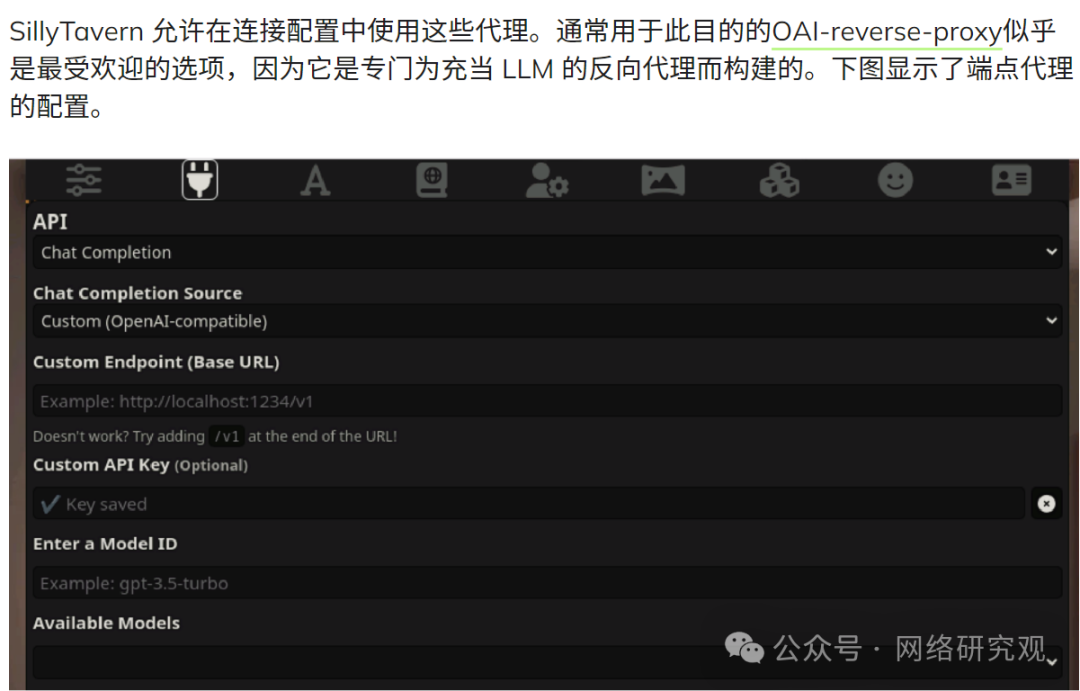重试机制
在消息从Broker到消费者的传递过程中,可能会遇到各种问题,如网络故障、服务不可用、资源不足等,这些问题都可能导致消息处理失败。为了解决这些问题,RabbitMQ提供了重试机制,允许消息在处理失败之后重新发送。
但如果是程序逻辑引起的错误,那么多次重试也是不起作用的,因此设置了重试次数。
消费者确认机制为AUTO时
当消费者确认机制是AUTO时,如果程序逻辑错误,那么就会不断重试,造成消息积压。因此我们就需要设置重试次数,当多次重试还是失败,消息就会被自动确认,自然消息就会丢失。
spring:
rabbitmq:
host: 43.138.108.125
port: 5672
username: admin
password: admin
virtual-host: mq-springboot-test
listener:
simple:
retry:
enabled: true # 开启消费者失败重试
initial-interval: 5000ms # 初始失败等待时长
max-attempts: 5 # 最大重试次数@Configuration
public class RetryConfig {
@Bean("retryQueue")
public Queue retryQueue() {
return QueueBuilder.durable(Constants.RETRY_QUEUE).build();
}
@Bean("retryExchange")
public Exchange retryExchange() {
return ExchangeBuilder.directExchange(Constants.RETRY_EXCHANGE).durable(true).build();
}
@Bean("retryQueueBind")
public Binding retryQueueBind(@Qualifier("retryExchange") Exchange exchange,
@Qualifier("retryQueue") Queue queue) {
return BindingBuilder.bind(queue).to(exchange).with("retry").noargs();
}
}@RestController
@RequestMapping("/retry")
public class RetryController {
@Resource
public RabbitTemplate rabbitTemplate;
@RequestMapping
public void retryQueue() {
this.rabbitTemplate.convertAndSend(Constants.RETRY_EXCHANGE, "retry", "hello 重试机制");
System.out.println("重试机制生产者发送消息成功");
}
}@Configuration
public class RetryListener {
@RabbitListener(queues = Constants.RETRY_QUEUE)
public void retryListener(String msg) {
System.out.println("获取到消息:" + msg);
int n = 3 / 0;
}
}上述代码和可靠性传输一文的消费者确认机制中策略为AUTO的代码类似,只不过在此配置文件中加了一个重试机制。当启动程序之后,可以看到如下结果:

重试时:

重试结束之后:

从测试结果可以看出,当消费者确认机制的策略为AUTO时,遇到异常就会进行重试,当重试结束之后依然没有接收时,就会自动确认消息。
消费者确认机制为MANAUL时
当消费者确认机制是MANUL时,修改消费者代码,并启动程序,查看结果:
spring:
rabbitmq:
host: 43.138.108.125
port: 5672
username: admin
password: admin
virtual-host: mq-springboot-test
listener:
simple:
acknowledge-mode: manual # 消息确认机制,手动确认
retry:
enabled: true # 开启消费者失败重试
initial-interval: 5000ms # 初始失败等待时长
max-attempts: 5 # 最大重试次数@Configuration
public class RetryListener {
@RabbitListener(queues = Constants.RETRY_QUEUE)
public void retryListener(Message msg, Channel channel) throws IOException {
try {
System.out.println("接收到消息:" + msg);
int num = 3 / 0; // 模拟处理失败
channel.basicAck(msg.getMessageProperties().getDeliveryTag(), true);
} catch (Exception e) {
channel.basicReject(msg.getMessageProperties().getDeliveryTag(), true);
}
}
}
从测试结果可以得出,消费者确认机制为手动确认时,并不会依据配置文件中的重试次数等内容来做,而是依据消息者自身的代码实现来做实现机制。原因是因为手动确认模式下,消费者需要显示地对消息进行确认,如果消费者在消息处理过程中遇到异常,可以选择确认不确定消息,也可以选择重新入队。所以重试的控制权并不在应用程序本身,而在于代码逻辑本身。
1. 消费者确认机制为AUTO时,如果程序逻辑异常,多次重试还是失败。那么消息就会自动确认,进而消息就会丢失。
2. 消费者确认机制为MANAUL时,如果程序逻辑异常,多次重试依然处理失败,无法被确认,消息就会积压。
3. 消费者确认机制为NONE时,不管发生什么情况,当消息从Broker内部发出时,就会自动确认,因此它不存在任何内容。
TTL
TTL,过期时间。当消息到达过期时间之后,还没有被消息,消息就会被自动清除。
RabbitMQ可以对队列和消息设置过期时间。如果两种方法同时使用,那么就以两者较小的值为准。
设置消息的TTL
@Configuration
public class TllConfig {
@Bean("ttlQueue")
public Queue ttlQueue() {
return QueueBuilder.durable(Constants.TTL_QUEUE).build();
}
@Bean("ttlExchange")
public Exchange ttlExchange() {
return ExchangeBuilder.directExchange(Constants.TTL_EXCHANGE).build();
}
@Bean("ttlQueueBind")
public Binding ttlQueueBind(@Qualifier("ttlExchange") Exchange exchange,
@Qualifier("ttlQueue") Queue queue) {
return BindingBuilder.bind(queue).to(exchange).with("ttl").noargs();
}
}@RestController
@RequestMapping("/ttl")
public class TtlController {
@Resource
private RabbitTemplate rabbitTemplate;
@RequestMapping
public void ttlQueue() {
MessagePostProcessor messagePostProcessor = new MessagePostProcessor() {
@Override
public Message postProcessMessage(Message message) throws AmqpException {
message.getMessageProperties().setExpiration("50000");
return message;
}
};
this.rabbitTemplate.convertAndSend(Constants.TTL_EXCHANGE, "ttl", "hello ttl", messagePostProcessor);
}
}在TTL的测试中,不需要消费者的存在,否则看不到消息在队列中的自动丢失。
设置队列的TTL
注意,设置队列的TTL,并不是过期之后删除整个队列,也是关于消息设置的。只不过投递到该消息队列的所有消息都有一个共同的过期时间而已。
@Configuration
public class TllConfig {
@Bean("ttlQueue")
public Queue ttlQueue() {
return QueueBuilder.durable(Constants.TTL_QUEUE).ttl(5000).build();
}
@Bean("ttlExchange")
public Exchange ttlExchange() {
return ExchangeBuilder.directExchange(Constants.TTL_EXCHANGE).build();
}
@Bean("ttlQueueBind")
public Binding ttlQueueBind(@Qualifier("ttlExchange") Exchange exchange,
@Qualifier("ttlQueue") Queue queue) {
return BindingBuilder.bind(queue).to(exchange).with("ttl").noargs();
}
}设置队列的TTL,只需要在声明队列时给出过期时间即可。在测试的过程中,如果是先测试了消息的过期时间,那么在测试队列时,需要先将持久化的队列给删除,再启动程序。
当启动程序之后,可以看到队列上加了一个TTL的标识,表明队列的过期时间设置成功:

区别
设置队列的过期时间,一旦消息过期,就会从队列中删除。
设置消息的过期时间,即使消息过期,如果消息不在队首,还得等到消息到达队首之后才会进行判定是否过期。如果过期,那就删除,反之就投递到相应的消费者中。
为什么这两种方法处理的方式不一样?
因为设置队列的过期时间,那么队列中过期的消息一定在队首,RabbitMQ只需要定期从队首扫描消息是否有过期的消息即可。
而设置消息的过期时间,每条消息的过期时间都不一致,如果要删除队列的所有过期消息那么就要扫描整个队列,所以不如等到消息要进行投递时再判断消息是否过期,这样可以减少一定的资源消耗。



















